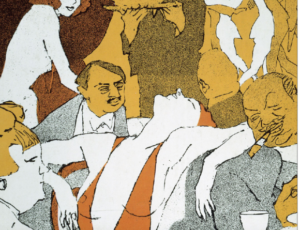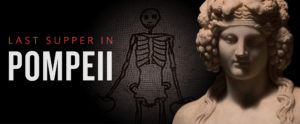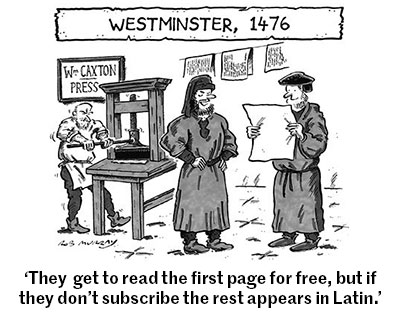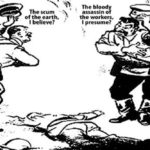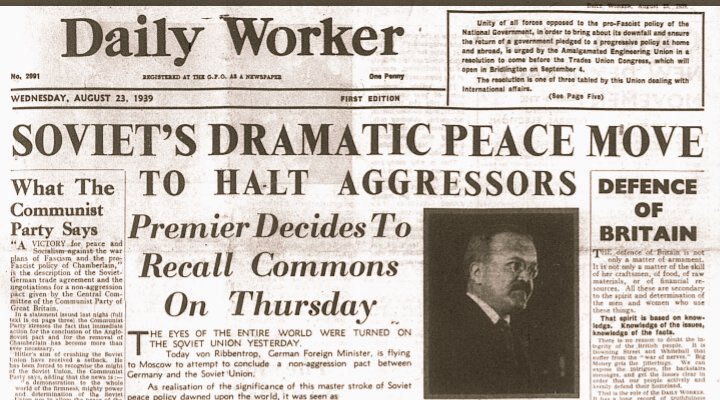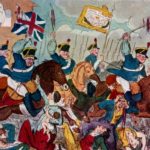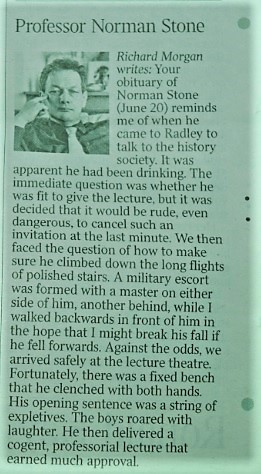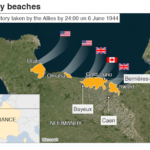 If you you have ever wondered about the St Swithin’s Day legend, then click here you will get an answer from historic-uk.com. Failing that you can listen to Billy Bragg’s take in the video below.
If you you have ever wondered about the St Swithin’s Day legend, then click here you will get an answer from historic-uk.com. Failing that you can listen to Billy Bragg’s take in the video below.
“Little is definitively known about Swithun’s life although he is said to have been the spiritual adviser of Æthelwulf, who donated much of his royal land to Swithun to build and restore numerous churches.
With his dying breath Swithun is said to have requested that his final resting place be outside, where his grave could easily be reached by both members of the parish and the rainfall from the heavens. Swithun’s wishes were met for over 100 years. However, in 971 when the monastic reform movement had been established and religion was once again at the forefront, Æthelwold of Winchester, the current Bishop of Winchester, and Dunstan, Archbishop of Canterbury, decreed that Swithun was to be the patron saint of the restored Cathedral at Winchester where an impressive shrine was built for him.
Swithun’s body was removed from its simple grave and interred in the new Cathedral on 15 July 971. A shrine to the Saint remains in the modern Winchester Catherdral to this day.
According to legend, forty days of terrible weather followed, suggesting St Swithun was none too happy with the new arrangements! Ever since, it has been said that the weather on 15 July supposedly determines the weather for the next forty days, as noted in the popular Elizabethan verse:
“St Swithin’s day if thou dost rain
For forty days it will remain
St Swithin’s day if thou be fair
For forty days will rain na mair”

